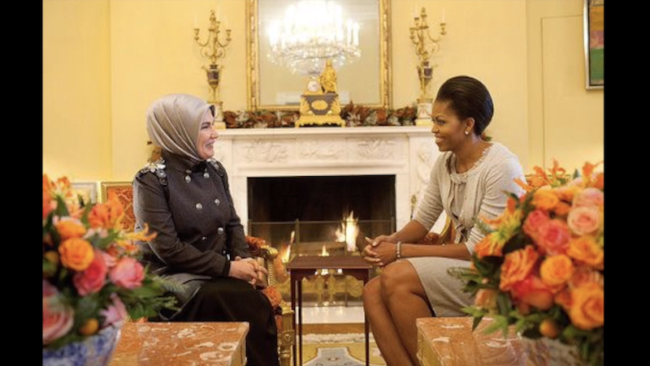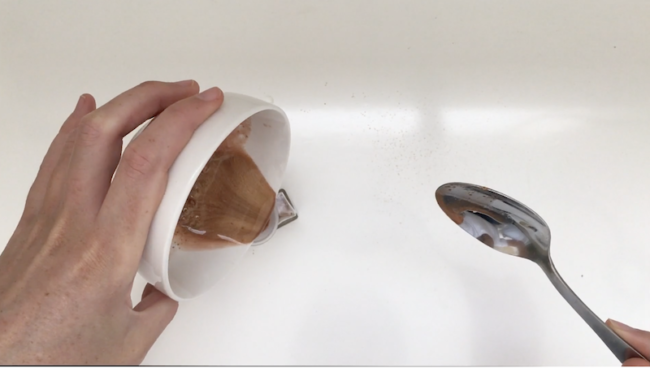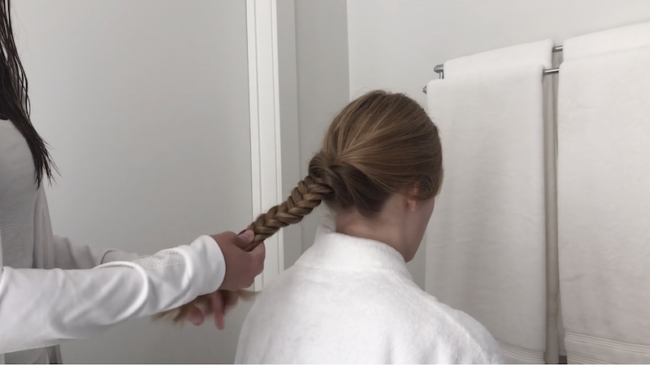Editor’s note: This article was originally published Dec. 10, 2015, but appeared in the Jan. 21 Daily Campus print edition.
On any given day, senior Meagan Harkey can be found deep within the recesses of SMU’s Bobby B. Lyle School of Engineering, cracking codes and solving problems. The last thing on her mind is what she’s wearing.
“As far as fashion, the classic engineering look is sweatpants and a sweatshirt,” Harkey said.
With casual classroom settings, where an outfit’s comfort and movability are students’ main priorities, the women of the Lyle School are more concerned with what they don’t wear than what they do.
“Because of our more laid-back classroom environments, we are not expected to dress to a certain standard,” Harkey said. “However, as a female, I also don’t want to dress too feminine to any of my engineering courses.”
The Mississippi native avoids wearing heavy makeup and any large pieces of jewelry while in the Lyle School. But her biggest no-no? Wearing her sorority jersey or anything else affiliated with its letters.
At a school known for its on-point style, where women can be seen up and down the Boulevard in the latest designer trends, female students at the Lyle School consciously downplay their dress in order to please professors and compete with their male counterparts.
Despite having one of the highest enrollment rates in the country for female undergraduates studying engineering, the women of the Lyle School still feel the need to not dress too feminine and avoid association to Greek life.
Engineering Management, Information and Systems (EMIS) student Shelby Kehr concurs with Harkey on all fronts.
“I definitely don’t worry about my dress when I only have engineering classes, so I wear pretty casual clothes,” Kehr said. “ But when I have classes on other parts of campus, I tend to try and dress better.”
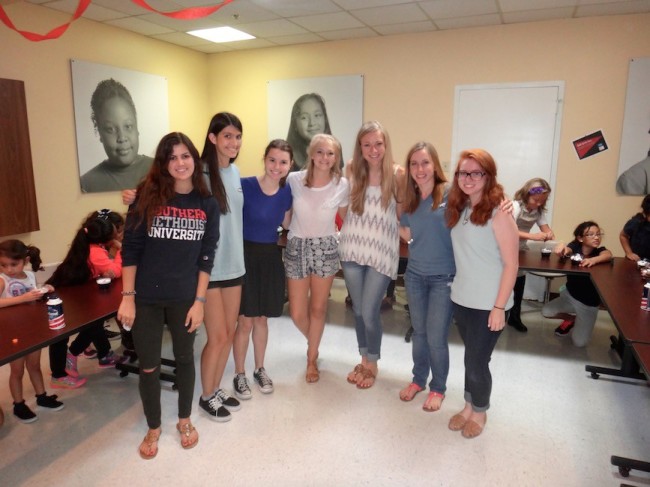
It’s a habit that leads her to be labeled by her fellow engineering students based on the clothes she wears each day, Kehr said. She feels she receives the most respect from her peers when in jeans and a T-shirt, and on the day she wore a dress she was told she was just going to get married and not have to work.
Kehr is also adamant about not wearing her sorority letters to her engineering classes depending on who teaches the course. She said some professors are very forward about how much they dislike Greek life.
“I have gotten serious disrespect and run into conflicts that involve the student activities offices,” Kehr said. “However, the effort I put into my classes helped professors to understand I was serious regardless of my sorority affiliation.”
Senior and operations research student Max Agadoni agrees that male students are just as likely to avoid wearing Greek jerseys in certain engineering classes. He said that some non-Greek engineering students tend to make unfounded snap judgments about those involved in fraternities and sororities.
“Some teachers who were not affiliated in college make the same assumptions about Greek students,” Agadoni said. “ I have even seen some engineering professors give special attention to non-Greek students because they don’t affiliate.”
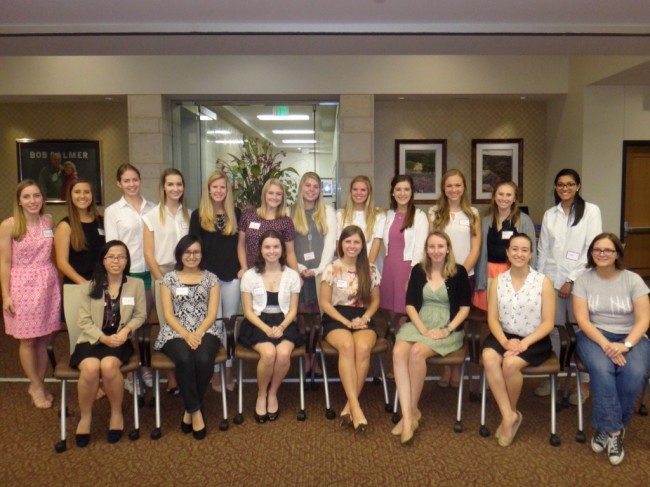
Rachel Ann Sheppard is an engineering graduate student and president of SMU’s chapter of Society of Women Engineering (SWE), a global organization that advocates for females in engineering fields. SWE currently has 33,000 professional and collegiate participants, and the 45 members at SMU meet monthly to network with college recruiters and fundraise.
As an undergrad, Sheppard interned with Toyota and soon learned the strict but unique dress code for engineering interns.
“I showed up the first day of my internship at the manufacturing site wearing a skirt and white button-down blouse,” she said. “I was quickly informed that my dress didn’t meet safety standards for the manufacturing floor and was given a hardhat and steel toe boots instead.”
As part of SWE’s outreach program to younger female students, Sheppard and other members put on a fashion show for a local elementary school to show the different roles for women engineers.

SWE secretary Ophelie Herve attended the fashion show in hopes of spreading her love for engineering to the elementary-aged girls.
“I will admit that, although SMU is known for its high average of women in engineering, when I look around in my mechanical engineering classes I see predominately the faces of men,” Herve said.
Earlier this month, the Lyle School celebrated 10 years of success in addressing the national challenge of attracting more women into engineering. Since 2005, women have averaged more than 30 percent of incoming undergraduates in the Lyle School, while the national average is 20 percent.
During the 2014 to 2015 academic school year, women made up exactly 37.4 percent of the Lyle School students receiving undergraduate degrees. Dean of the Lyle School Marc Christensen believes it’s the attitude of SMU’s engineering school that recruits and retains these high numbers of women engineers.
“It’s our culture, not a program,” said Christensen. “If you walk into our Deason Innovation Gym to watch our students at work on an engineering design challenge, you’ll see a mix of men and women working together seamlessly.”
Agadoni believes that the unique mix of students, both male and female, results in an equally unique style that isn’t definable.
“Most of my classes have a combination of students who dress nicely for each class and students who dress like they just rolled out of bed,” Agadoni said. “With the exception of fraternity apparel, I have never really felt pressured to wear or not wear something to class.”
Although the women in his classes might disagree, Herve doesn’t let the fact of being outnumbered by males in the Lyle School intimidate her. Instead, the sophomore uses it as motivation to put in a little extra effort to prove her capabilities to her fellow classmates.
“My style is important to me because it gives me the opportunity to present myself with confidence,” Hevre said.
So don’t be surprised to find her wearing her sorority jersey even while in the Lyle School.
“By excelling in my classes while also being associated with my sorority, I believe that I am helping to transform the sorority girl image into a young woman who is both passionate and determined,” Herve said. “I am a Delta Gamma. I am an engineer. I am Ophelie.”
A response to this article published Jan. 25, 2016, can be found here.






